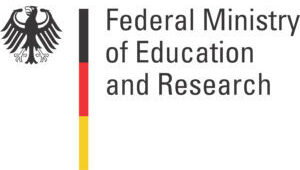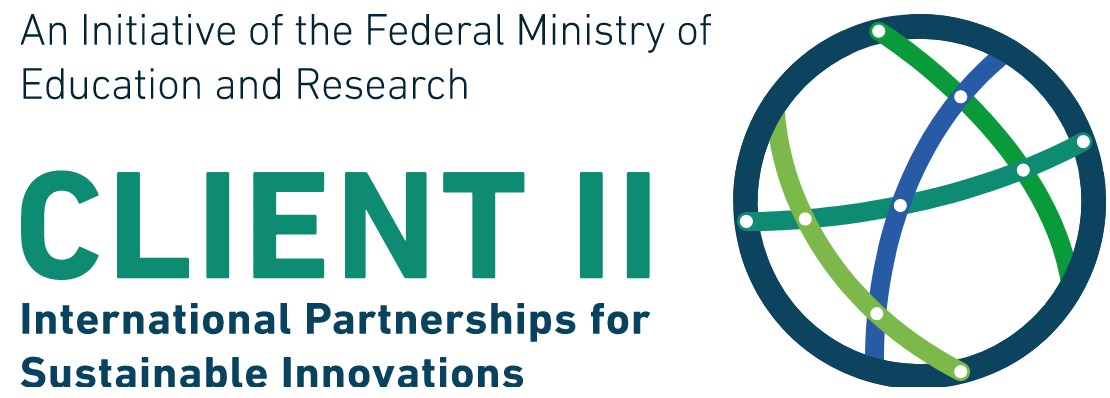In this WP, a database is compiled as the basis for the following investigations, such as the development of policy approaches, through a systematic analysis of literature, reports (including from international donor agencies), media, and statistical data.
The result will be essential information on the social and economic structure of Vietnam (household sizes, demographics, income structure development, housing, house typologies, availability of consumer goods, sustainability labels, scenarios of future social and economic developments, etc.), energy tariffs, taxes and information about available incentive instruments and the like compiled. In addition, supplementary Expert interviews with key players (government agencies, developers, designers, engineers, NGO representatives, etc.) are used to validate the information and qualitative assessments of shortcomings and challenges (e.g., regarding implementation problems in sustainability to obtain) and opportunities.
Based on literature and media analysis as well as expert interviews, the existing participation structures and the legislative, regulatory framework for energy- and resource-efficient construction are intensively analyzed, including civil society and business-related initiatives in Vietnam and also causes of barriers to the implementation of existing building standards and regulations are examined.
For example, silo-mentality and institutional fragmentation hinder efforts to promote sustainable building on a larger scale.
One focus of empirical research will be investigating the legal, regulatory framework for energy, resource-efficient, and sustainable construction. In addition, applications from other countries in the region (China, Thailand, etc.) are considered in more detail. This serves to identify working approaches and instruments of a successful governance framework for Vietnam.
The identified instruments and approaches from the region are then adapted to the local actor structures and evaluated in Vietnam using a SWOT analysis. This is done in close cooperation with local actors in Vietnam. All of this should serve to understand existing stakeholder structures and the existing governance framework and thus develop new options and policy approaches that can be implemented.
To date, there are no major studies in Vietnam on the implementation of sustainability potential in the residential area of need, with a focus on the currently most rapidly growing residential typology, apartment apartments in modern skyscrapers. A representative survey of quantitative character using standardized questionnaires represents the highest level of our study cascade. A professional local market research company will be commissioned to carry out the survey. Of course, thorough interviewer training is carried out in advance by our side, and the survey is accompanied intensively.
The household survey will analyze the living context, living conditions, and lifestyles in new residential high-rise buildings. The survey covers demographic, social, and economic data and apartment-specific characteristics (living space, distribution, building materials, window qualities, structural damage, mold formation, individual adjustments, etc.), the perception of the living context (requirements, sense of comfort, etc.) as well as detailed questions on behavioral patterns (Use of space, frequency of room ventilation, use of air conditioning systems, etc.), as well as the recording of energy consumption and costs. In addition, the existing awareness of sustainability issues should be analyzed. On the basis of the results, statements about the future development of the comfort requirements and the energy consumption in such dwellings can also be made.
The survey is conducted among 400-500 households in Hanoi and among 400-500 households in HCMC. The mainly studied building typology will be apartments in modern high-rise buildings, which should be less than ten years old as a filter criterion. In this highly dynamic segment, the greatest growth is expected for the future. Thus, the results of our investigations can be extrapolated very well into the future. In addition, a smaller reference group of residents of isolated dwellings (villas) may also be interviewed, as the populations living there are often wealthy and have a high level of education. Our research in the past has shown that this group often makes pioneering decisions for more sustainability. In addition, the owners of their own house have greater scope for decision-making and design for appropriate measures as residents of a high-rise apartment building. The questionnaire design is being developed in close cooperation with the Vietnamese university partners NUCE in Hanoi and TDTU in Ho Chi Minh City. In addition, of course, the household survey results will be communicated transparently among all project participants.
As a basis for the following investigations, the climate of 7 cities (representative of the seven climatic zones in Vietnam ) is examined. For this purpose, long-term data series are purchased and evaluated by the local weather offices. In addition, S scenarios were for future climate change as a basis for subsequent investigations determined. It is ensured that the climate data contain the parameters necessary for the analysis and the simulation calculations (see WP3.4), e.g., precipitation, wind, and radiation.
First of all, the raw data is transferred into uniform characteristic values and diagram formats to be available as the basis for planning in WP2.2 and WP3. In the analysis, the data in popular file formats such as epw records from the usual Simulation Programs of (TRNSYS, Design Builder, WUFI WP3.4) can be used and transferred. Then, data sets based on historical data and with the help of a transformation algorithm to be developed (in C ++ or VisualBasic), data records are prepared, taking into account the predicted effects of climate change. Because of these data So far, these products have not made much use of this usable form, making a significant strategic contribution to the design of energy-efficient buildings in Vietnam. It is planned to provide this data freely available.
With these data, typical characteristic values and diagrams are created, further comprising the air-conditioner’s energy demand profiles by the simulation of simple standard rooms with TRNSYS Räumen in the respective climate zone is determined, and from this evidence for an energy-efficient building design.
In this WP, 50 apartments in HCMC and 50 apartments in Hanoi will be subjected to twice-weekly home visits (audits) by the local project partners (NUCE, TDTU) during the project. During the audit, w for a ground the same data as in the household survey in WP1.3 interrogated and in addition a detailed re conducted comfort and needs survey of the residents.
The operation of the apartment, the conditions of the building structure, and the building technology ( operating behaviour, energy requirements, retrofitting of equipment, damage, mould infestation) are documented by photographs and a structured audit record. In the protocol, also characteristic information on the construction (wall construction, ventilation options, window-to-wall ratio, alignment of the window openings) is recorded. It is intended to supplement additional surveys of the apartment users in times of particular climatic conditions (e.g., rainy season, heat period, cool period) via telephone surveys or the Internet.
At the same time, over a period of at least 12 months in de s apartments with simple n gauges n the temperature, humidity, and CO2 – concentrations measured. The data loggers are installed at the first inspection and collected at the second inspection. Furthermore, the climate data in Hanoi and HCMC for the investigation period are purchased.
The indoor climate data, the audit results, and the external climate data are evaluated together. The measured indoor climate conditions are correlated with the survey data. If in the apartment inspections (moisture damage, mould growth) were observed, e.g., structural damage, the measured data with respect to examined problematic interior states. The data are also analyzed when compared to increased energy costs. In addition, indoor climate data sets of typical living situations are created from the measured data, which can later be used for the WUFI simulation (see WP3.4). The outdoor climate data are correspondingly converted into suitable data records.
The results are recorded in detail but only displayed anonymously in the evaluation. Thus, the privacy of the participants is protected.
Universität Stuttgart
Institut für Gebäudeenergetik, Thermotechnik und Energiespeicherung (IGTE)
Pfaffenwaldring 35
70569 Stuttgart
Deutschland


